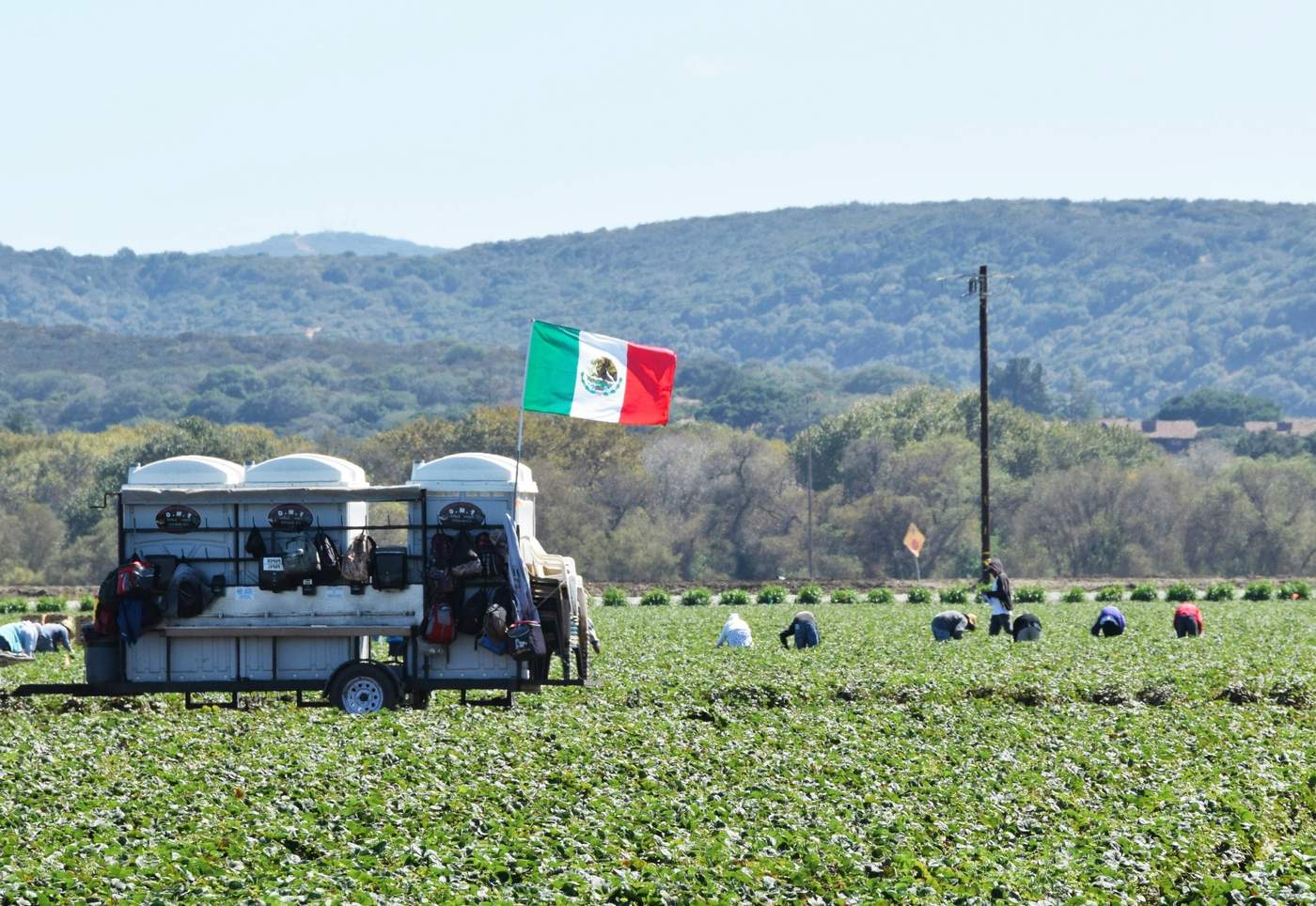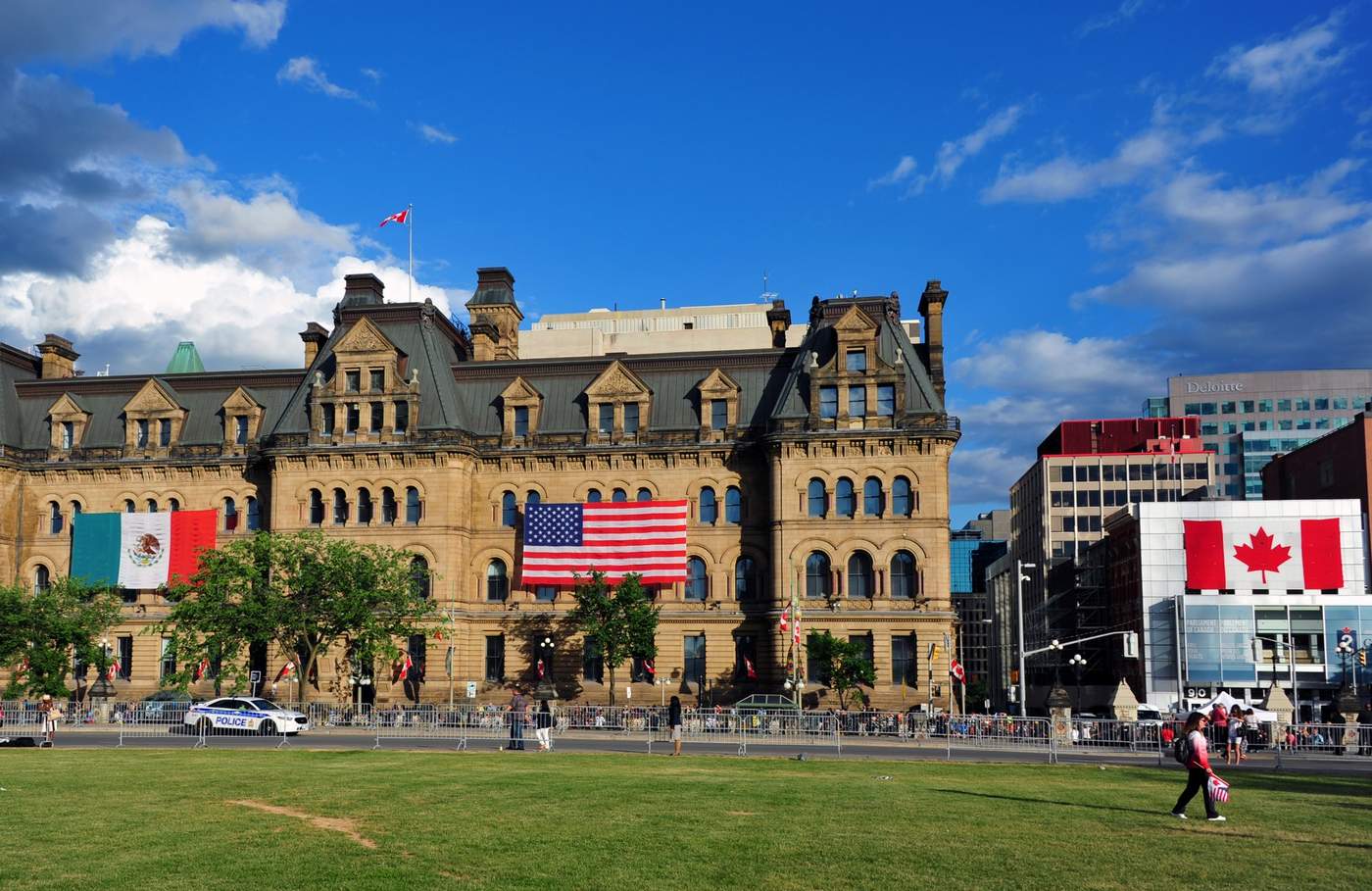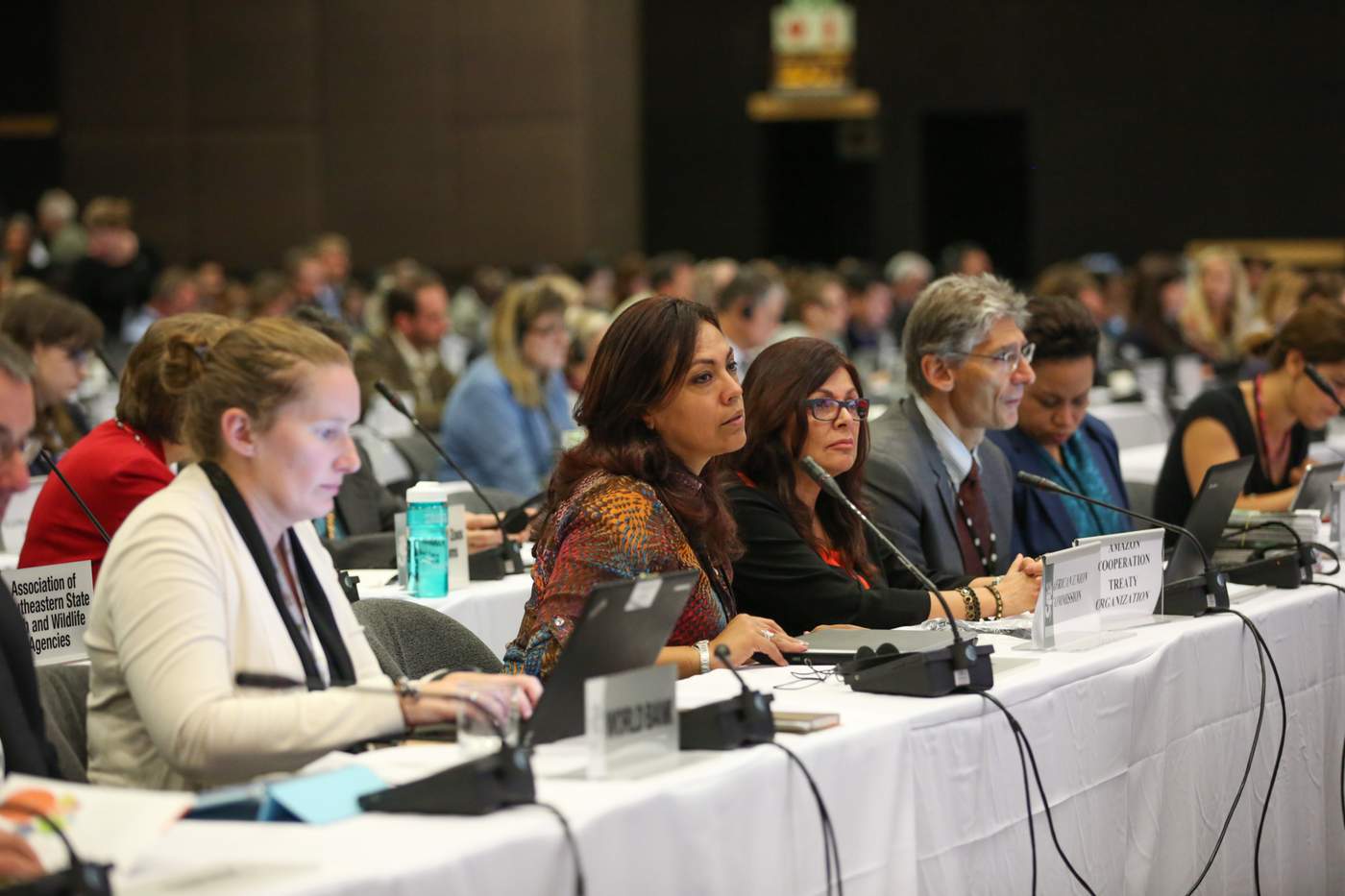"A disaster." "The worst deal ever." This is how President Trump has described NAFTA.
Through speeches and tweets, President Trump has promised to rip-up NAFTA, restructure it with other trade deals to impose taxes on all U.S. imports and tax breaks on U.S. exports, and isolate Mexico by imposing 20 per cent tariffs on all imports while tweaking those NAFTA rules affecting Canada–U.S. trade.
The prospect of widely varying rules, rights and obligations as to how the United States will treat Mexico or Canada jeopardizes the notion of NAFTA.
Whatever your views, it's clear that NAFTA's ongoing renegotiation after 20 years will shape our path towards a sustainable future.
IISD invited our experts and guests to explore what the renegotiation may mean for the environment, trade, investment and the lives of the millions of North Americans who will be affected.
NAFTA negotiations are just beginning, and there are some broad options that could shape a renewed NAFTA environment model.
OPTION ONE would maintain the status quo. This seems the least likely. In addition to the Trump administration’s proposed gutting of North American environmental cooperation, exit of the Paris Climate Agreement and slashing domestic environmental programs, none of the government’s actions support the CEC enthusiastically.
OPTION TWO would strip out all environmental aspects within the NAFTA legal text, terminate the legal side agreement and close the doors on the CEC’s work. This also seems unlikely given Canada and Mexico’s commitment to both domestic and international environmental action including the Paris Climate Agreement, the Sustainable Development Goals and advancing a progressive trade policy agenda.
OPTION THREE would delink NAFTA from a new, stand-alone North American environmental trilateral cooperation program. This trilateral cooperation could examine a narrow range of shared issues, notably continental migratory species and habitat conservation—the vision set out by Roosevelt. However, delinking these and other activities from NAFTA still raises the current legal obligation in the U.S. Congressional Trade Promotion Authority to ensure mechanisms for domestic enforcement.
OPTION FOUR would see Mexico and Canada maintain the current structure without the United States and support a pared-down NAFTA-related work plan. This could build upon the 2016 bilateral Canada-Mexico Environmental Cooperation Memorandum of Understanding signed between the Mexican president and Canadian prime minister in June 2016, further linking their promise to advance the Paris Agreement with carved out trade-related actions covering short-lived climate pollutants, carbon sequestration and the exchange of low-carbon technologies in the forestry and mining sectors. However, like Option Three, this has no link or bearing on NAFTA.
OPTION FIVE would see a new NAFTA embed the provisions of the Environment chapter provisionally accepted in the Trans-Pacific Partnership (TPP). While the Trump administration announced that the TPP was dead,negotiations continue, and Canada, Mexico and the United States should look closely at whether all or part of the TPP’s Chapter 20 on the environment can migrate into a new NAFTA.
The draft TPP Environment chapter sets out an impressive range of objectives and priority areas. These include supporting the implementation of two international treaties—the Montreal Protocol to safeguard stratospheric ozone and the International Convention for the Prevention of Pollution from Ships (MARPOL). It references the role of corporate social responsibility standards in traded goods, and the importance of trade in relation to biodiversity, alien invasive species and low-emission economies. Since these are integrated within the legal text, there is no role for either a parallel environmental agreement or an independent commission.
While the TPP’s breadth is impressive, few of its environmental and conservation provisions are binding, aside from procedural issues. Like the many other regional and bilateral trade agreements that contain environmental provisions,parties focus on internal procedural steps to build coherence. IISD Senior Associate Aaron Cosbey concluded that, while the draft TPP certainly contains positive elements, those may be overshadowed by other TPP provisions, notably investment and intellectual property rights.
OPTION SIX is similar to referencing TPP environmental provisions, but instead includes those environmental and sustainability provisions contained in the Comprehensive Economic and Trade Agreement (CETA) signed between the EU and Canada in 2017. There are a number of welcome provisions in Chapter 24 of CETA, including explicit provisions regarding the right of countries to regulate within their jurisdictions; supporting “trade-favouring environmental protection,” including removing trade and investment barriers to climate-related actions such as ramping up renewable energy; promoting the Convention on International Trade in Endangered Species of Wild Fauna and Flora (CITES) as well as encouraging trade in sustainably managed forest products. CETA also marks a significant improvement of NAFTA Chapter 11’s investment provisions, particularly the investor–state dispute settlement (ISDS) provisions. It is impossible to envision a new NAFTA maintaining an ISDS mechanism adopted 25 years ago.
OPTION SEVEN would see a new kind of cooperation take shape within NAFTA. This would see trade and economic cooperation as an important mechanism to create a new, sustainable economic vision. A new NAFTA could align infrastructure investments among Mexico, Canada and the United States to build 21st century sustainable trade corridors based on sustainable infrastructure; to use NAFTA to accelerate trade in integrated, low-carbon energy and electricity systems; and harness green innovation through information technology platforms.
This last option seems the least likely. Yet as one of the largest trading blocs in the world, NAFTA’s trade policy can and should be used as a key engine of innovation and job creation at the continental scale.
This vision of international cooperation in which infrastructure, trade, finance and investment work together are at the heart of China’s Belt and Road Initiative. That vision is supported by a commitment to a green, low-carbon and circular economy.
It’s too early to see how the Belt and Road Initiative will be implemented. I hope it’s not too late for NAFTA.
This is an excerpt from the commentary NAFTA’s Environmental Record: History, outcomes, impacts and options.







